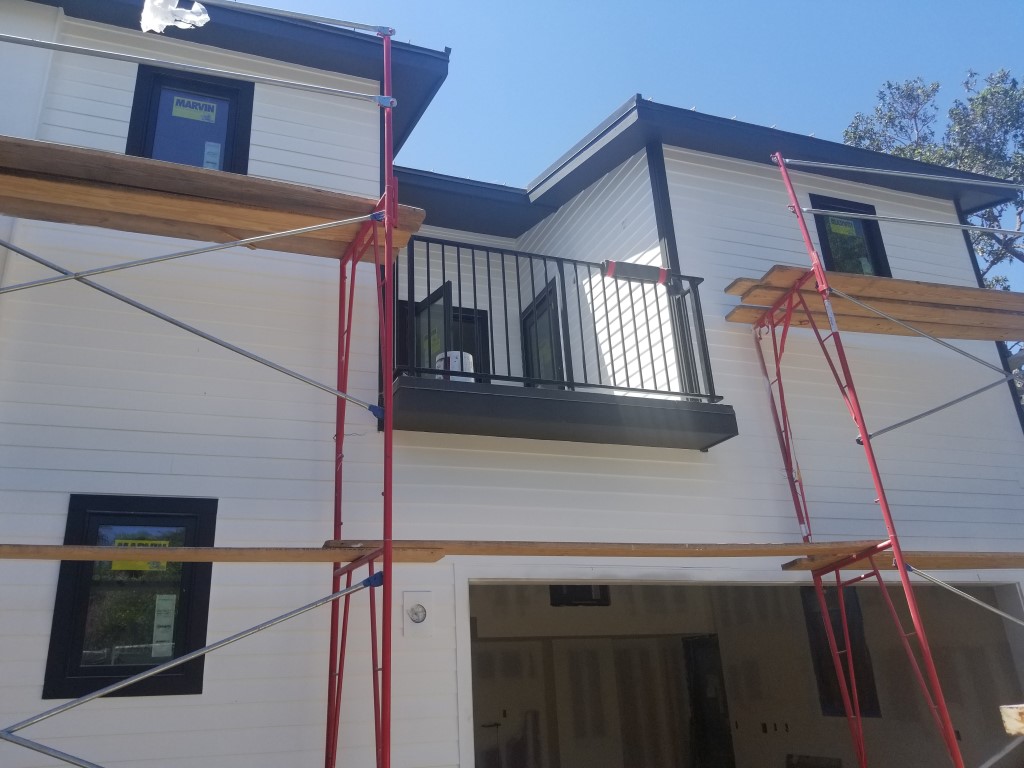Fix and Flip After Repair Value (ARV) Financing
Over the years, numerous rehabbers and prospective house flippers have asked FCTD for fix and flip after repair value (ARV) financing to fund their...
3 min read
 Ted Spradlin
:
Feb 4, 2024 2:29:29 PM
Ted Spradlin
:
Feb 4, 2024 2:29:29 PM

When searching for fix and flip financing as a house flipper or rehabber, it's not a choice between banks and private money lenders. Essentially, banks often provide the capital for private money lenders to make loans to the fix and flip real estate market. Each serves a specific role in the food chain that helps real estate investors acquire and repurpose homes.
This blog post will give you the “inside baseball” look at how banks and private lenders work together in the fix and flip finance market.
Banks often provide private money fix and flip lenders with a banking program known as lender finance. Lender finance is a credit facility (aka line of credit) that the private lender can access to fund new loans and help manage cashflow.
Private money lenders simultaneously field requests for new loans while getting paid off for existing loans. Sometimes, payoffs are slow. In 2023 most private lenders didn't receive enough money from payoffs to make new loans.
This is where a lender finance credit facility comes in. Private lenders can dip into the credit line to make a new loan and pay it back once an older loan is paid off.
Axos Bank in San Diego has been a key finance source to private money lenders over the past decade.
.jpg?width=1663&height=897&name=Banks%20versus%20private%20money%20lenders%20(lender%20finance).jpg)
Many fix and flip lenders are known as conduit lenders — they originate loans, then sell to secondary market investors like hedge funds, pension managers, and other investors.
Conduit fix and flip lenders use a combination of their own capital, plus a credit facility, to originate loans for house flippers and rehabbers. This allows them to churn out a high volume of fix and flip rehab loans in many markets across the country.
The other way conduit lenders use the credit facility is funding rehab projects.
Most secondary market investors require conduit lenders to fund the rehab before the secondary market investor will “purchase” the recently disbursed construction funds. Conduit fix and flip lenders will often use their credit line to fund the rehab, then pay it off within a few weeks upon receiving funds from the secondary market investor.
Speaking of secondary market investors, many also have credit facilities to smooth out the fluctuations in buying loans and receiving payoffs for older loans. Secondary market investors manage money for family offices, wealthy individuals, and institutional capital. They have inflows, outflows, new loans to buy, and maturing loans paying off.
Since this is real estate, delays are inevitable and to be expected. Secondary market investors use a credit facility — secured by their investment portfolio — to help smooth out the bumps of investment management.
I’ve seen a few cases of banks offering high-volume or high-end house flippers fix and flip financing.
This is very rare.
In these situations, the bank — usually a community bank with just a few branches — provides fix and flip financing in exchange for a large depository relationship from the house flipper. Community and regional banks won’t offer loans unless large deposits are brought over, and a certain level of it maintained during the banking relationship.
Big banks like Bank of America, Chase, and Wells Fargo won’t do this. It’s more likely with a local business bank or credit union with a sophisticated real estate lending group.
Since most house flippers aren’t doing high volumes (50-100/yr) or investing $10 million into projects with a $15 million exit value, private money fix and flip financing is the best path. Look for fix and flip conduit lenders offering high-leverage loans: 80-90% loan-to-value (LTV) on the purchase and 100% loan-to-cost (LTC) for the rehab.
The current fix and flip model has worked well for the past decade, the only blip being the start of COVID when nobody knew what to expect. Within a couple of months, banks and lenders saw that everything would be fine, especially since the Federal Reserve lowered interest rates to nearly zero. Cheap debt works wonders for real estate!
Summary
In fix and flip financing, it's not really a choice between banks or private money lenders. Each operates in the fix and flip ecosystem in different capacities. Banks provide lender finance to private money lenders, who use the credit facilities to manage cashflow between originating new loans, while waiting for past loans to be paid off.
The current relationship between banks and private money lenders has given the fix and flip industry a stable source of high-leverage private financing that has benefited both the lending and borrowing sides of the industry.
%20Financing.png)
Over the years, numerous rehabbers and prospective house flippers have asked FCTD for fix and flip after repair value (ARV) financing to fund their...

If you have a seller willing to carry a note, funding your fix and flip with seller financing instead of a hard money loan is a better and cheaper...

A few years ago, an experienced house flipper was referred to FCTD for high-leverage fix and flip financing on their upcoming project. This rehabber...